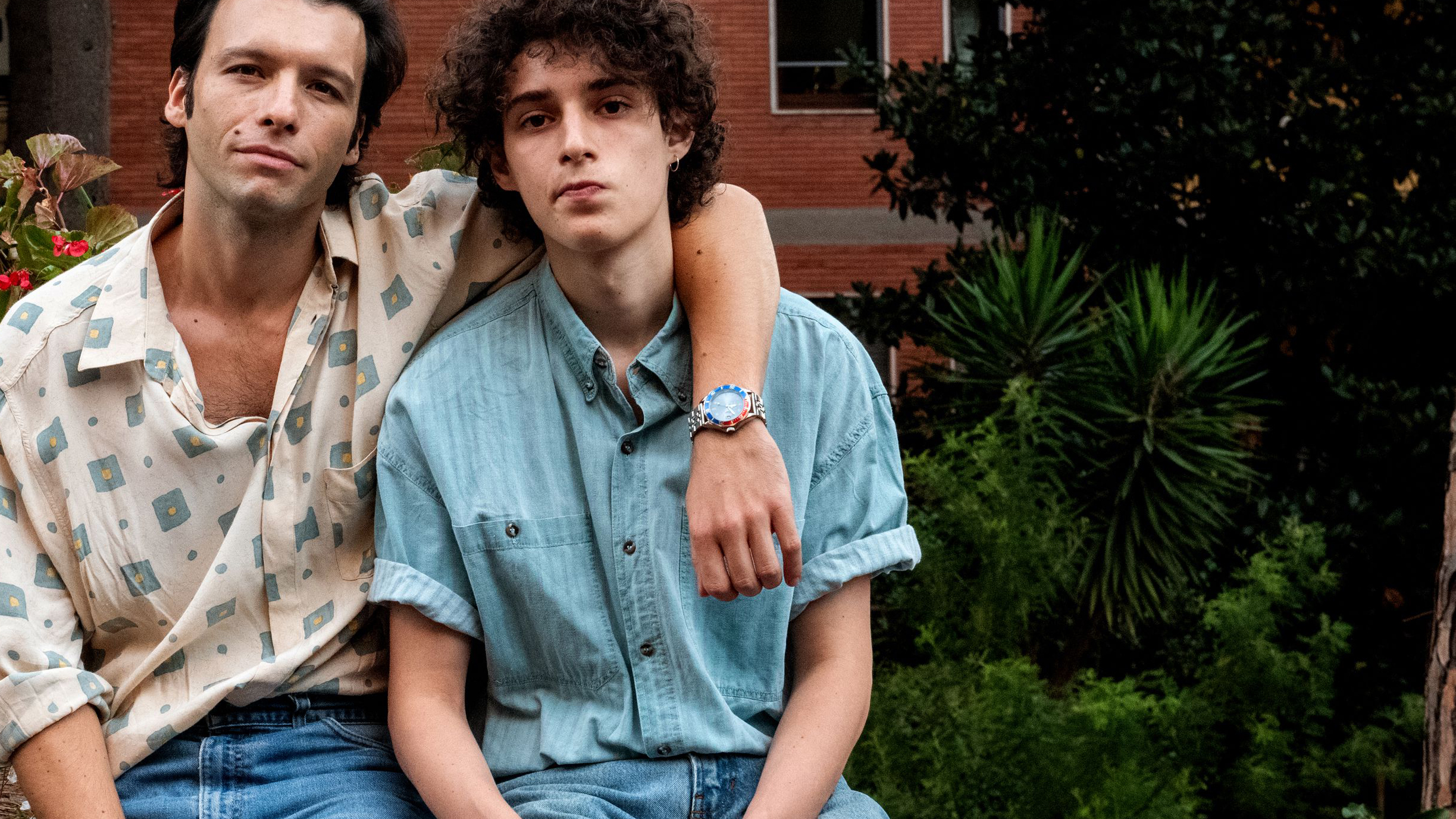The Hand of God is a characteristically beautiful and strange new film from the Italian director Paolo Sorrentino, a self-professed “non-believer,” who has nonetheless created some of the most theologically significant art in recent memory. Like Sorrentino’s 2013 masterpiece The Great Beauty, The Hand of God depicts a sometimes decadent but always enchanted Italy, this time focusing on Sorrentino’s hometown of Naples in the 1980s. The film is his most autobiographical, offering a fictional account of a family tragedy and his own coming-of-age as a sports fan and filmmaker. Starring the magnificent young Filippo Scotti as Fabietto (a thinly veiled version of a young Sorrentino) and Toni Servillo, familiar as the star of The Great Beauty, The Hand of God is a breath of fresh air in a film market mostly dominated by big visual effects but very little mystery. This film is heartbreaking, inspiring, revolting, and ravishing all at once.
Like the character of Cardinal Voiello in Sorrentino’s The Young Pope and The New Pope for HBO, young Fabietto is obsessed with the S.S.C. Napoli soccer club, and his greatest wish is for Diego Maradona, the most electrifying player on earth, to transfer to the team—an unlikely scenario that happened, both in the film and in history. Maradona’s infamous hand-ball goal at the 1986 World Cup gives the film its title, and in an eight-minute documentary which accompanies the film on Netflix, Sorrentino says of the Argentine star, “Maradona can only be understood through our relationship with the divine. He’s a sacred figure.” American viewers may equate Sorrentino’s comments about Maradona’s impact on the city and soccer club of Naples to the effect of Michael Jordan’s arrival to Chicago and the NBA.
But the “hand of God” in the film turns out to be much more than just a tribute to a famous moment in sports history. Young Fabietto is no more religious than Sorrentino himself; and yet, his story is a journey from desire through tragedy and finally toward a whole, integrated self equipped to face the world through art that both chastens our most basic weaknesses and elevates the soul to a higher place of flourishing. It’s what a life of faith is about. When we meet Fabietto, he is navigating the confusion of puberty in a large, loving family that includes various black sheep that fascinate him. His mentally ill Aunt Patrizia is his first muse, later replaced by a young actress named Yulia. Fabietto’s practical-joker mother, not insignificantly named Maria and played with infectious joy by Teresa Saponangelo, is a tender friend to him. When the unthinkable happens and all comfort vanishes, we witness in Fabietto what Fr. Luigi Giussani calls “elementary experience,” where a person learns to encounter and belong in the world as a creature of God.
. . . he counsels Fabietto to find some guts to look at himself and the world as it is without falling apart.
Fabietto wrestles for the first time with a heavier dose of pain than most people are given; but it is simply a larger magnitude of the same inevitable, catastrophic awakening we all face sooner or later. In his grief, Fabietto befriends a loveable hooligan named Armando, he hides out alone in the theater and cinema, and he eventually has a happenstance encounter with a famous film director named Capuano, played by Ciro Capano. Fabietto admits, “I don’t like reality anymore,” and he begs Capuano for tips about how to become a filmmaker as a means of escape. Capuano disabuses Fabietto of his wrongheaded notions of art, insisting instead that creating something worthwhile—even something fantastical—takes one deeper into the real. Capuano says, “Imagination and creativity are myths,” and he counsels Fabietto to find some guts to look at himself and the world as it is without falling apart.
As with several scenes throughout Sorrentino’s corpus, there are moments in The Hand of God—and especially one scene—that may reinforce the stereotype of debauchery in arthouse European cinema. For my part, I think perhaps it does us some good to see a more old-fashioned (but still misdirected) eros to compare with that of our own age, in which the temptations of the flesh are mediated through lifeless computer screens. In any case, potential viewers be warned; but the payoff for those who are not easily scandalized is great. In the tradition of essential European films like François Truffaut’s The 400 Blows or Giuseppe Tornatore’s Cinema Paradiso, it is hard to think of a coming-of-age movie with more soul to it than The Hand of God.
In the final scene, we find Fabietto on a train to Rome, despite Capuano’s advice to stay in Naples. If Sorrentino’s real-life journey is a reliable indicator, we know Fabietto will not be gone long; but we also know we usually need to go and test the advice we have been given. In this way, The Hand of God reminds us at the end, as throughout, how painful but necessary the journey is to get deeper into the complexity of existence. Fabietto’s story may be an example of what Fr. Giussani calls “the beginning of liberation,” which he attaches to the Christian notion of “conversion.” It is therefore reasonable for us to hope for a Christian destiny for Fabietto, and perhaps for Sorrentino too. After all, Maradona came to Napoli. The hand of God is always at work.
The Hand of God is now streaming on Netflix.
